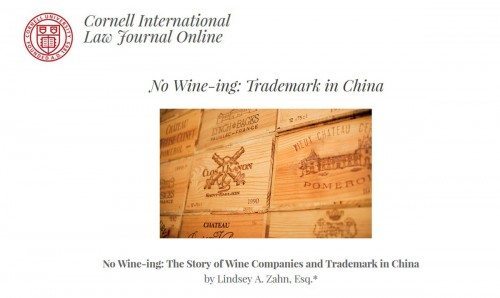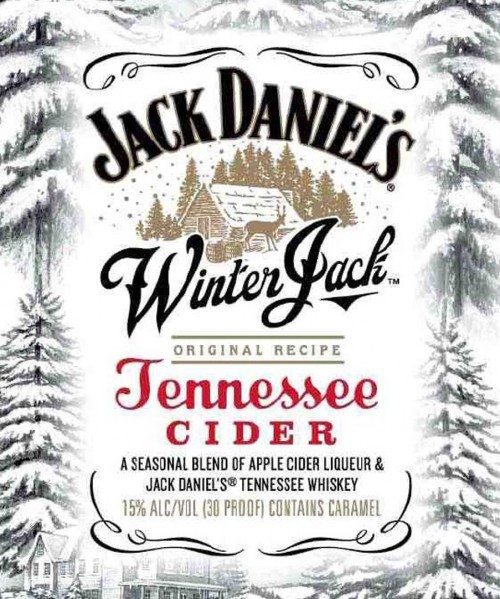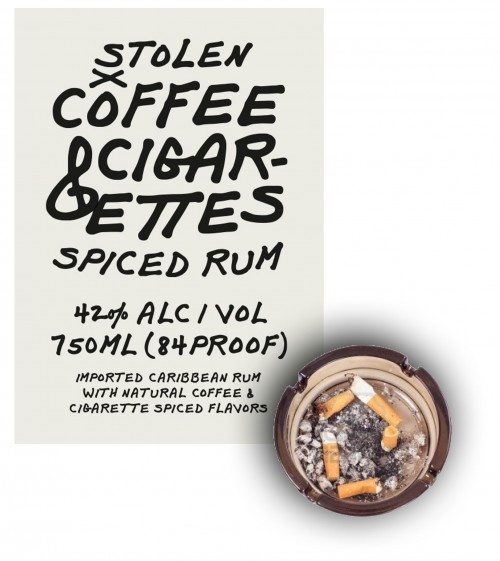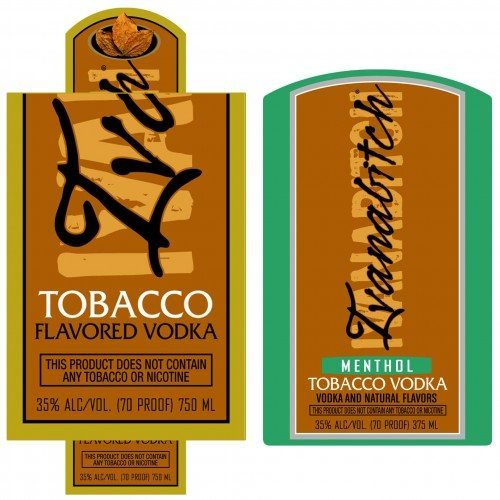All the while you tend your vines, and the U.S. market for the fruits thereof, your precious brand names may be vulnerable to poaching, in the world’s most populous country. Lindsey Zahn points out the risks in a recent article in the Cornell International Law Journal Online. The article is entitled “No Wine-ing: The Story of Wine Companies and Trademark in China” and it was published on November 4, 2013. It points out the risks and opportunities, and provides a good overview of how China treats wine trademarks, and how that differs from the U.S. system. Lindsey is a lawyer specializing in wine law and food law, and she is a frequent writer on such issues at winelawonreserve.com.
In the article, Lindsey explains:
Continue Reading Leave a CommentChina follows a “first-to-file” rule for trademark registration. This means that the first person to file a trademark application with the China Trademark Office (“CTMO”) is usually granted the registration rights. Prior use of a mark in commerce generally affords little or no protection to a trademark applicant in China. By contrast, the United States Patent and Trademark Office considers whether the applicant is the first to use or intends to use the mark in commerce.
If a business even contemplates...






